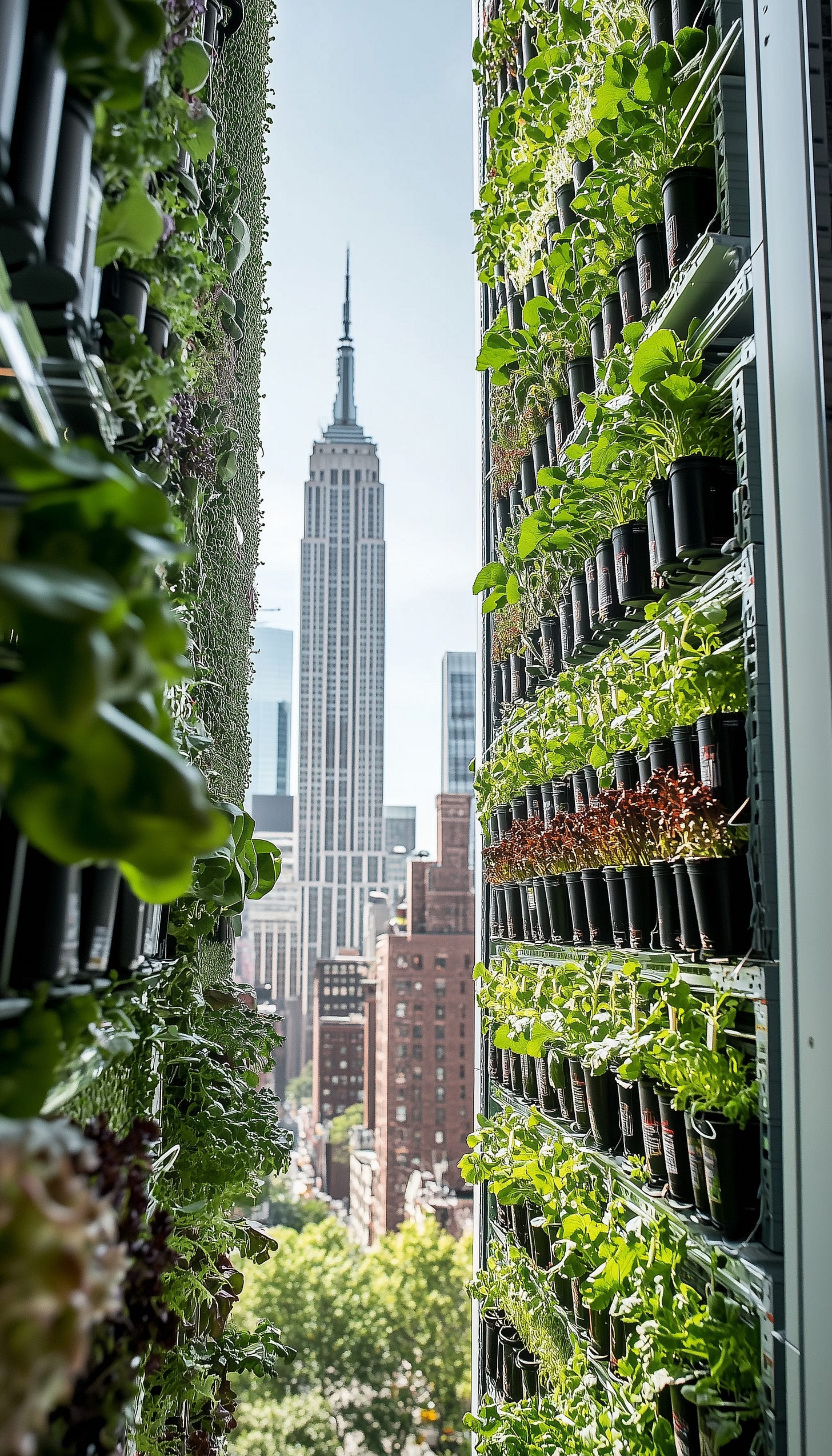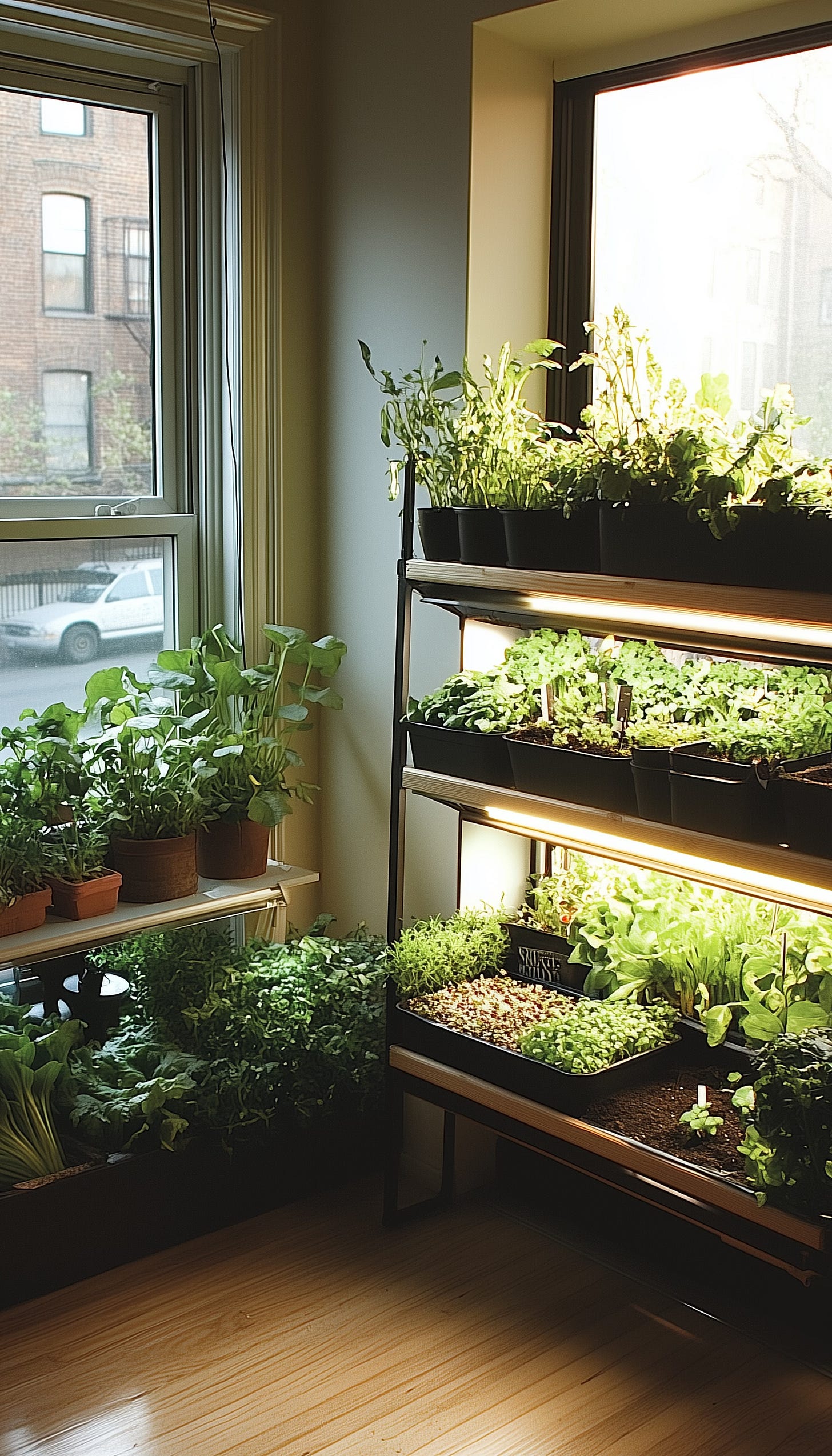The idea of restricting food stamp (SNAP) purchases to exclude junk food might sound like a step toward healthier eating, but in reality, it disproportionately affects low-income families—many of whom already struggle to access fresh and nutritious food. Food deserts, areas where grocery stores with healthy options are scarce, make these restrictions especially harmful. Rather than empowering people with better choices, these policies create additional barriers, exacerbating food insecurity and reinforcing economic disparities.
What Are Food Deserts?
Food deserts are urban or rural areas where access to affordable, healthy food is limited due to a lack of grocery stores. In these areas, convenience stores and fast-food chains often dominate, leaving residents with little choice but to purchase highly processed foods. Grocery stores are often several miles away, and many residents lack access to public transportation, making it difficult to travel for fresh food. As of 2000, approximately 23.5 million people in the U.S. lived in food deserts, and these areas are overwhelmingly populated by low-income families who rely on SNAP benefits for sustenance. With millions of Americans living in food deserts, restricting what they can buy with SNAP benefits only worsens their situation.
The Hidden Consequences of Restrictive SNAP Policies
Banning junk food purchases with food stamps might seem like a logical solution to promote health, but it overlooks deeper systemic issues. Here’s why these restrictions do more harm than good:
1. It Penalizes People for Their Circumstances
Food deserts exist due to systemic failures, not personal choices. Many SNAP recipients don’t have the luxury of fresh produce nearby.
This policy assumes that low-income families are making poor choices when, in reality, their options are often extremely limited.
2. It Ignores the Real Barriers to Healthy Eating
Fresh food is expensive, especially in areas where there’s little competition.
Cooking facilities and time constraints can make preparing healthy meals difficult for families working multiple jobs or living in temporary housing.
3. It Increases Food Insecurity and Stigma
Restricting food options without providing better alternatives means more families will struggle to feed their children.
SNAP recipients already face stigma; these policies add another layer by making them justify their food choices.
4. It Distracts from Real Solutions
Instead of limiting choices, policymakers should invest in urban farming initiatives, food co-ops, and local grocery stores in underserved communities.
Programs that incentivize healthy food purchases (like doubling SNAP dollars for fruits and vegetables) have proven far more effective.
5. It Sets a Dangerous Precedent for Government Overreach
Once restrictions start, where do they end? Will protein bars, canned soup, or frozen meals also be banned?
This policy frames low-income people as incapable of making their own choices, reinforcing harmful stereotypes rather than empowering communities.
Affordable and Practical Ways to Grow Food in Small Spaces
Rather than restricting SNAP purchases, individuals and communities can empower themselves with practical, low-cost ways to grow fresh food, even in small spaces. Here are some solutions:
Microgreens & Sprouting – Growing microgreens like kale, radish, and broccoli in a small tray requires minimal space and provides dense nutrition.
Container Gardening – Using buckets, recycled containers, or balcony planters, individuals can grow tomatoes, peppers, and herbs in limited space.
Community Gardens – Many cities offer free or low-cost plots where people can grow their own food collectively.
Hydroponic & Vertical Gardening – Innovative solutions like hydroponics and wall planters maximize space for fresh produce.
Food Rescue & Local Programs – Programs like Produce RX, which allows SNAP users to receive fresh produce at a discount, are growing in availability.
What Should Be Done Instead?
Rather than restricting SNAP purchases, the focus should be on expanding food access and affordability. Investing in local agriculture, supporting small grocery stores in food deserts, and increasing funding for programs that make fresh food more accessible are all more effective solutions than limiting what struggling families can buy. No one should have to go hungry due to performative policies that fail to address the root issues of food insecurity.
Access to food is a human right—and that means access to real choices, not restrictions disguised as solutions.
📺 Watch this short video on AI-powered garden coaching: Grow Your Dream Garden with AI









